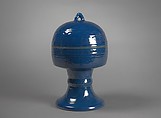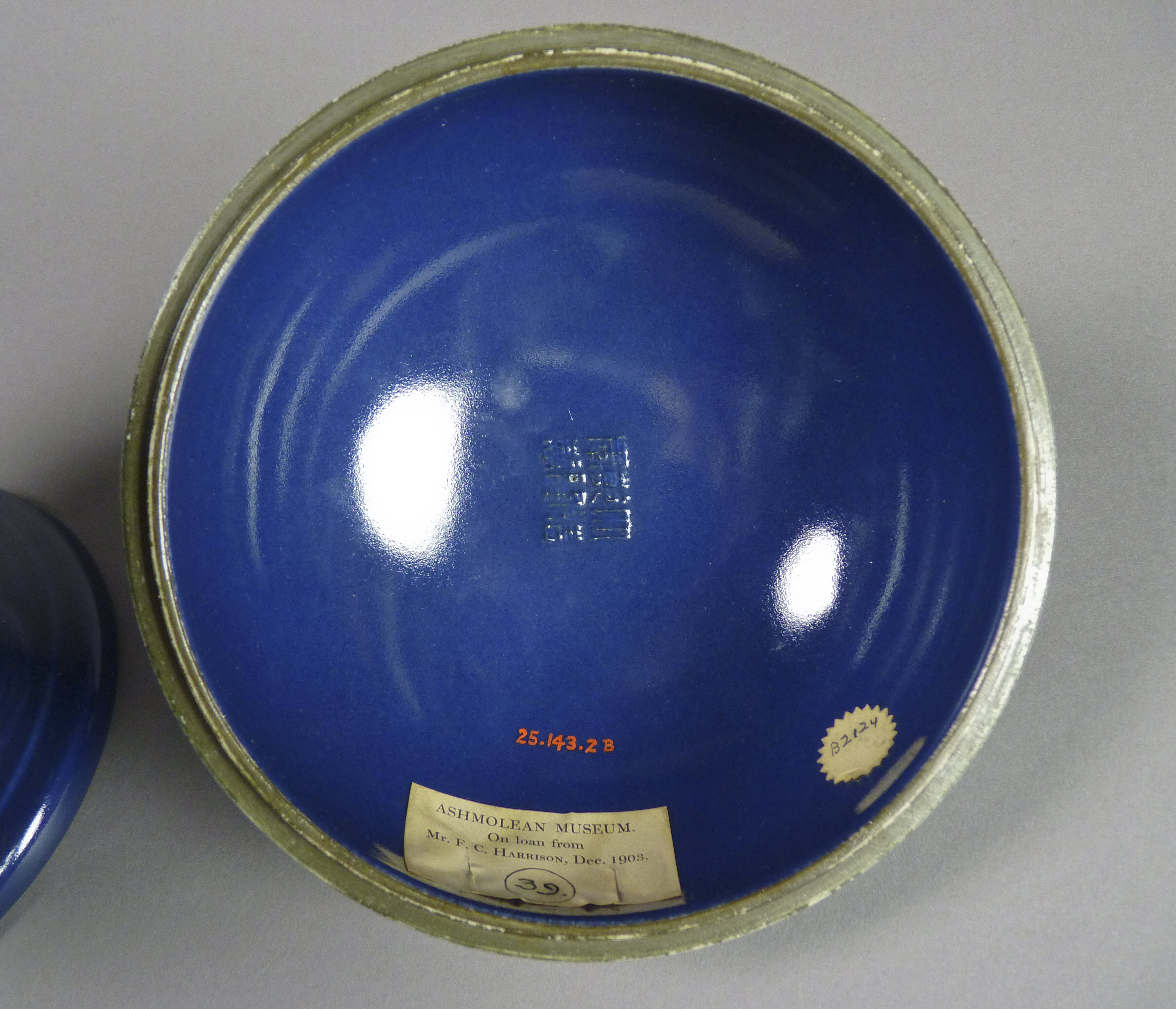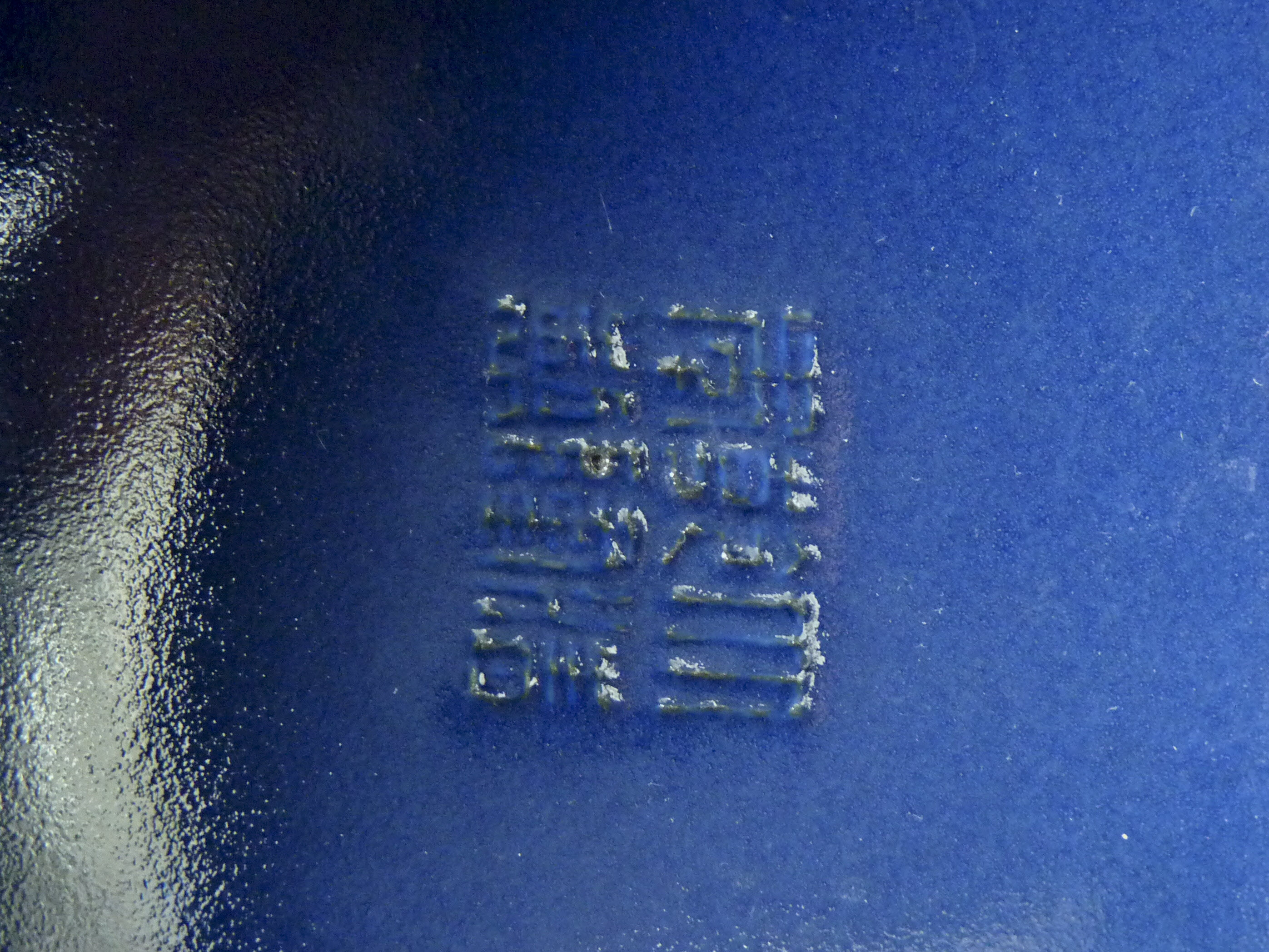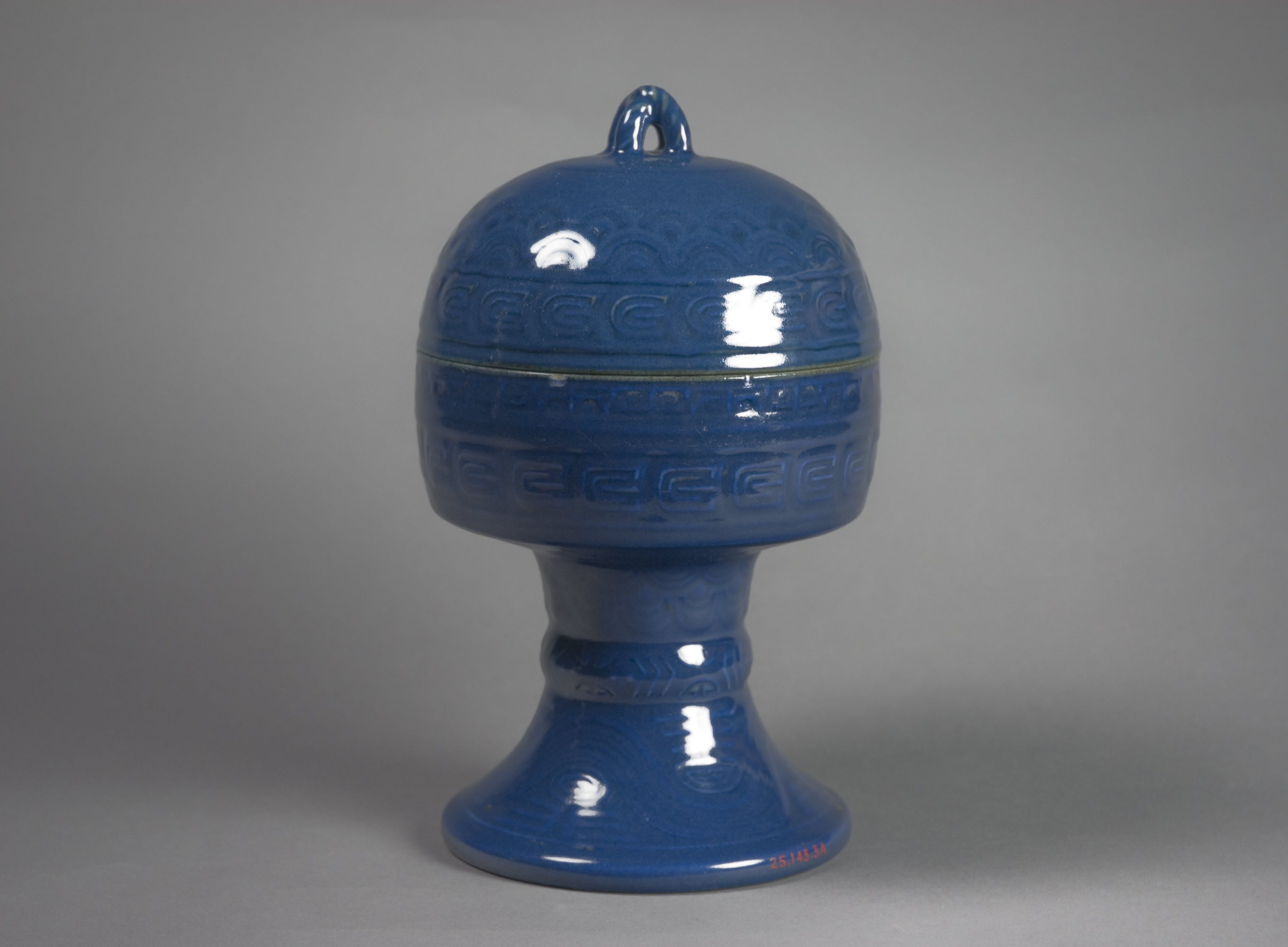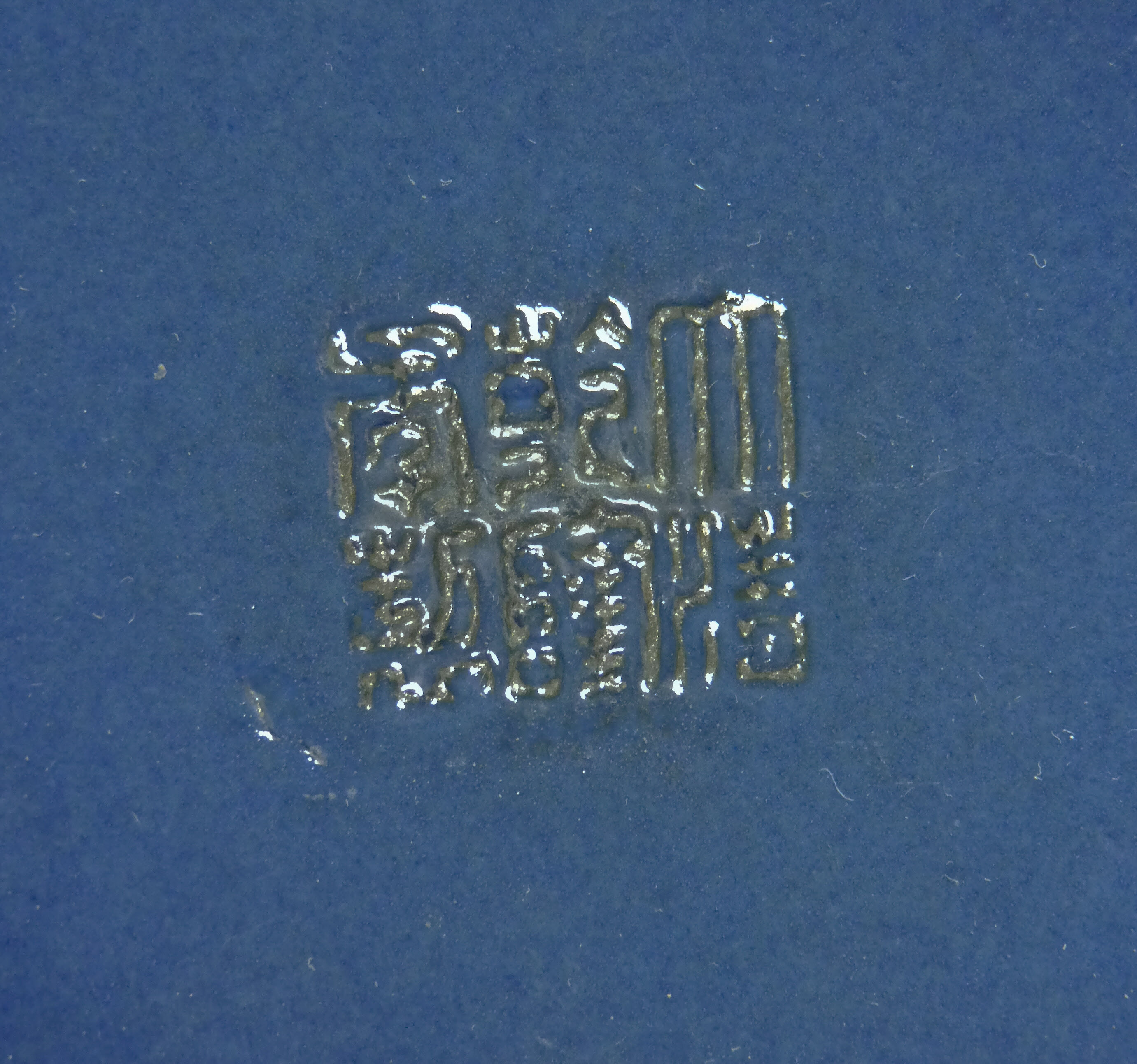Vessel for Ritual Offering (Dou)
Qing dynasty (1644–1911), Qianlong period (1736–95)
Not on view
These vessels (25.143.1–.3) were used in state rituals held in the first lunar month of the year, during which the emperor made offerings to heaven at the Altar for Bountiful Harvest (Qigutan), part of the Temple of Heaven in Beijing.
In shape and decoration, these ceramic vessels—a gui and two dou—are modeled on bronze grain receptacles of the Eastern Zhou dynasty (770–256 B.C.), which would have formed part of a larger set of objects, employed in ritual offerings, that included containers for wine and meat. In later times, ceramic took the place of bronze, and vessels were color-coded according to one of four ritual altars at which the emperor conducted ceremonies: blue for heaven, yellow for earth, red for the sun, and white for the moon.
Due to rights restrictions, this image cannot be enlarged, viewed at full screen, or downloaded.
This artwork is meant to be viewed from right to left. Scroll left to view more.
